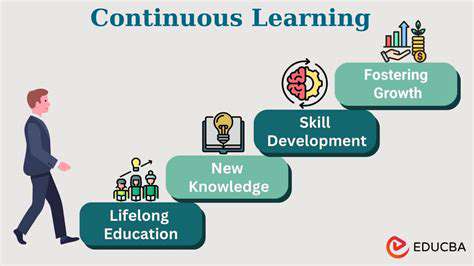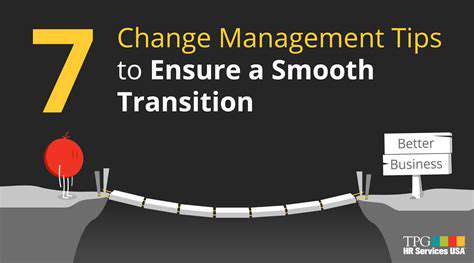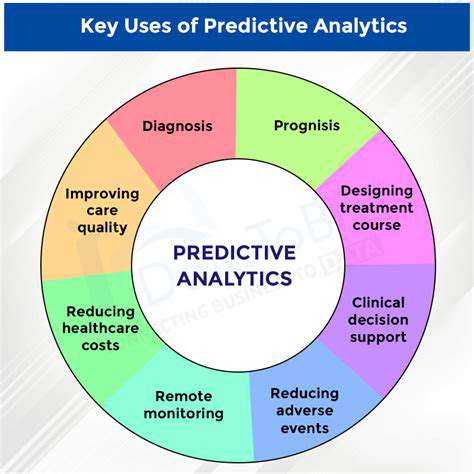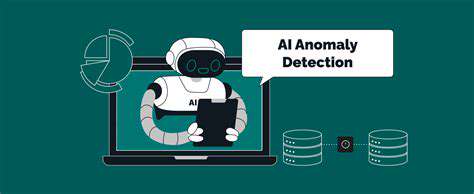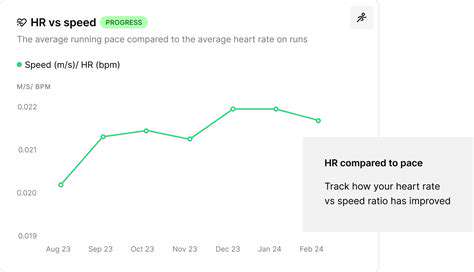The Internet of Things (IoT) Revolutionizing Farming
The integration of IoT technology into agriculture is transforming traditional farming practices, offering unprecedented opportunities for increased efficiency, productivity, and sustainability. IoT devices, ranging from sensors embedded in the soil to drones surveying vast fields, collect and transmit data in real-time, enabling farmers to make data-driven decisions about everything from irrigation scheduling to pest control. This data-driven approach promises a more precise and responsive approach to farming, minimizing resource waste and maximizing yields.
This shift towards data-centric agriculture is driven by the need for greater precision and sustainability in food production. The ability to monitor and control environmental factors in real-time, such as soil moisture, temperature, and nutrient levels, allows farmers to optimize resource use, leading to reduced water consumption, fertilizer application, and pesticide use. This, in turn, contributes to a healthier environment and more profitable farming operations.
Real-time Soil Monitoring: Precision Agriculture in Action
One of the most impactful applications of IoT in agriculture is real-time soil monitoring. Sensors placed strategically throughout a field can continuously measure critical soil parameters like moisture content, temperature, pH levels, and nutrient concentrations. Farmers gain immediate insights into the health and condition of their soil, enabling them to adjust irrigation, fertilization, and other agricultural practices accordingly. This real-time feedback loop allows for more targeted and efficient resource management, optimizing crop yields and minimizing environmental impact.
Automated Irrigation Systems: Optimizing Water Use
IoT-enabled irrigation systems are revolutionizing water management in agriculture. By analyzing data from soil moisture sensors, weather forecasts, and crop water requirements, these systems can automatically adjust irrigation schedules, ensuring crops receive precisely the amount of water they need. This data-driven approach minimizes water waste, reduces water bills, and conserves valuable water resources, aligning with sustainable agricultural practices.
Smart irrigation systems also help farmers optimize water usage, reducing the risk of over- or under-watering. This targeted approach to irrigation leads to healthier crops, increased yields, and reduced water consumption, contributing to greater water conservation efforts.
Predictive Maintenance and Crop Health Monitoring
IoT devices can also monitor crop health, providing early warnings of potential issues like diseases or pests. By tracking factors like leaf temperature, humidity, and plant growth rates, farmers can proactively address problems before they impact yield. This proactive approach enables early intervention, minimizing crop loss and ensuring optimal productivity. Predictive maintenance capabilities also help farmers identify potential equipment failures before they occur, allowing for timely repairs and minimizing downtime.
Data Analytics for Informed Decision Making
The wealth of data generated by IoT sensors in agriculture needs sophisticated analysis to be truly impactful. Data analytics tools allow farmers to visualize trends, identify patterns, and make data-driven decisions regarding farming practices. This allows farmers to optimize resource allocation, improve crop yields, and minimize environmental impact. The data analysis component is crucial for transforming raw sensor data into actionable insights for enhanced agricultural decision-making.
Improved Farm Management and Sustainability
The overall impact of IoT in agriculture extends beyond individual farm operations. By providing insights into environmental conditions and crop health, IoT systems foster a more sustainable approach to agriculture. This translates to reduced environmental impact, minimized resource consumption, and enhanced profitability for the entire agricultural ecosystem. Ultimately, IoT in agriculture contributes to a more resilient and efficient food production system, supporting global food security while minimizing environmental damage.
Enhanced Crop Yields and Profitability
The ability to monitor soil conditions, optimize irrigation, and predict potential issues ultimately leads to enhanced crop yields and increased profitability. Farmers can make informed decisions based on real-time data, minimizing losses due to unforeseen issues and maximizing output. This data-driven approach to farming ensures that resources are used effectively, maximizing returns on investment and promoting long-term sustainability in the agricultural sector. This translates into a more profitable and sustainable agricultural operation.
Real-time Soil Moisture Monitoring: Precision Irrigation at its Finest
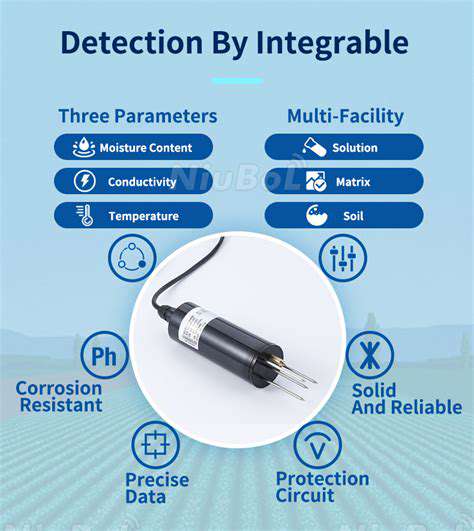
Real-time Data Acquisition
Real-time soil moisture monitoring systems utilize sensors strategically placed throughout the field to continuously collect data on soil moisture levels. This continuous data stream allows for immediate insights into the current hydration status of the soil, which is crucial for informed irrigation decisions.
These systems often leverage wireless communication technologies to transmit data from the sensors to a central monitoring station in near real-time. This allows for rapid analysis and response to changing conditions, enabling farmers to optimize irrigation schedules and minimize water waste.
Impact on Irrigation Scheduling
Real-time soil moisture data empowers farmers to precisely tailor irrigation schedules to the specific needs of their crops. By avoiding overwatering, farmers can save significant amounts of water, reducing operational costs and minimizing environmental impact.
The ability to monitor soil moisture in real-time enables adjustments to irrigation plans based on current conditions. For example, if a sudden rainfall event occurs, the system can automatically adjust or pause watering, preventing unnecessary water usage.
Precision Agriculture Practices
Real-time soil moisture data is a cornerstone of precision agriculture practices. By understanding the precise moisture levels in different areas of a field, farmers can apply water precisely where it's needed, optimizing crop growth and yield.
This localized approach to irrigation minimizes water waste and promotes sustainable agricultural practices. Precision irrigation, enabled by real-time soil moisture monitoring, helps farmers use water resources efficiently and reduce environmental strain.
Sensor Technology Advancements
Technological advancements in soil moisture sensors have led to more accurate and reliable data collection. Modern sensors are designed to withstand harsh environmental conditions and provide highly accurate readings, ensuring the reliability of the monitoring system.
Different types of sensors are available, each tailored to specific soil types and applications. This range of options allows farmers to select the most appropriate sensor for their particular field conditions, guaranteeing optimal data collection.
Data Interpretation and Analysis
Interpreting the real-time soil moisture data requires sophisticated software and analytical tools. These tools allow farmers to visualize the data, identify trends, and make informed decisions about irrigation strategies.
Sophisticated data analysis allows for proactive management of soil moisture levels. This proactive approach helps to prevent water stress in crops and optimize overall yield and quality.
Cost-Benefit Analysis
While the initial investment in real-time soil moisture monitoring systems can be substantial, the long-term benefits often outweigh the costs. Reduced water usage, optimized crop yields, and minimized environmental impact can lead to significant cost savings over time.
The ability to precisely control irrigation based on real-time data allows for substantial water savings, which can translate into considerable economic benefits for the farmer.
Environmental Sustainability
Real-time soil moisture monitoring plays a critical role in promoting sustainable agriculture practices. By optimizing water use, farmers can significantly reduce water consumption, a crucial factor in preserving valuable water resources.
Reduced water waste contributes to environmental protection, preserving ecosystems and promoting responsible resource management in agriculture.
Nutrient Management through IoT-Based Soil Analysis
Real-time Soil Moisture Monitoring
IoT-enabled sensors embedded in the soil can continuously monitor moisture levels, providing farmers with real-time data. This data allows for precise irrigation scheduling, preventing water waste and ensuring optimal plant growth. By understanding the dynamic changes in soil moisture, farmers can adapt irrigation strategies to specific crop needs and environmental conditions. This precise approach minimizes water usage, leading to significant cost savings and a more sustainable agricultural practice. This real-time monitoring also helps to avoid overwatering, which can lead to root rot and other issues, ensuring healthier plants overall.
The constant flow of information from these sensors allows for proactive adjustments to irrigation systems, leading to more efficient water management. This is particularly critical in regions prone to drought or experiencing unpredictable weather patterns. Predictive modeling techniques can be integrated with the data to forecast future moisture needs, enabling farmers to prepare for potential water shortages or excesses.
Automated Nutrient Analysis
IoT devices can measure key nutrient levels in the soil, such as nitrogen, phosphorus, and potassium. This automated analysis provides farmers with crucial insights into soil fertility, enabling them to adjust fertilization practices accordingly. This approach avoids guesswork and ensures that plants receive precisely the nutrients they need, optimizing growth and yield. By monitoring nutrient levels in real-time, farmers can tailor fertilizer applications to specific crop requirements, reducing fertilizer waste and promoting environmental sustainability.
Improved Crop Yield Prediction
The data collected by IoT sensors and analyzed by agricultural software can help predict crop yields with greater accuracy. By correlating soil conditions, weather patterns, and other relevant factors, farmers can anticipate potential challenges and adjust their strategies proactively. This predictive capability empowers informed decision-making throughout the growing season, allowing for optimized resource allocation and minimizing risks. The ability to anticipate potential yield issues allows for timely interventions, such as targeted fertilization or pest control measures, ultimately maximizing crop output.
Precision Farming through Customized Recommendations
Analyzing soil data collected via IoT sensors allows for the generation of personalized recommendations for each field or plot. These tailored recommendations consider factors such as soil type, crop variety, and historical data to optimize fertilization, irrigation, and other agricultural practices. This personalized approach allows for adjustments to individual plots, ensuring each area receives the most suitable care based on its specific needs. This level of precision significantly improves crop yields and resource efficiency, leading to a more sustainable and profitable farming operation.
Cost-Effectiveness and Sustainability
While initial investment in IoT technology can be substantial, the long-term cost-effectiveness of these systems is undeniable. Reduced water and fertilizer use, minimized waste, and enhanced crop yields translate into significant savings over time. Furthermore, IoT-based soil analysis promotes sustainable agricultural practices by minimizing environmental impact and maximizing resource utilization. This approach fosters a more environmentally conscious approach to food production, contributing to the preservation of natural resources for future generations. The reduction in waste and optimization of resource allocation contribute to a healthier ecosystem.
Data Analytics for Informed Decision-Making: The Power of Insights
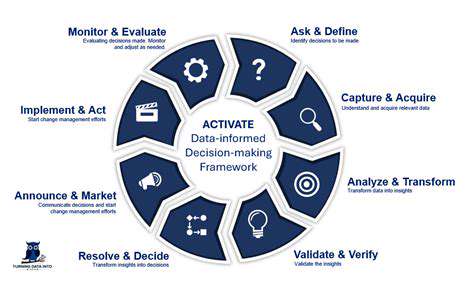
Data-Driven Insights
Data analytics provides a powerful framework for transforming raw data into actionable insights. By employing various analytical techniques, organizations can uncover hidden patterns, trends, and correlations within their data, leading to a deeper understanding of customer behavior, market dynamics, and operational efficiency. This data-driven approach empowers businesses to make informed decisions that yield significant returns. Furthermore, data analytics enables businesses to predict future outcomes and proactively address potential challenges.
The ability to extract meaningful insights from data is crucial in today's competitive landscape. Organizations that effectively leverage data analytics gain a significant advantage by understanding their customers better, optimizing their operations, and identifying new opportunities. Data-driven decision-making is no longer a luxury but a necessity for sustained success.
Predictive Modeling and Forecasting
Predictive modeling is a critical component of data analytics, enabling organizations to anticipate future trends and outcomes. By analyzing historical data, predictive models can identify patterns and relationships that allow for accurate forecasting of future events. This capability is invaluable for various business functions, from sales forecasting and inventory management to risk assessment and customer churn prediction.
Accurate forecasting allows companies to optimize their resources, allocate budgets effectively, and proactively address potential issues. These models can predict customer behavior, anticipate market fluctuations, and even identify potential fraud. By leveraging predictive modeling, organizations can gain a significant competitive edge in the marketplace.
Statistical Analysis and Interpretation
Statistical analysis forms the bedrock of data analytics, providing a rigorous framework for interpreting data and drawing meaningful conclusions. Various statistical methods, such as regression analysis, hypothesis testing, and correlation analysis, are employed to uncover relationships between variables and to assess the significance of observed patterns. This allows organizations to gain a deeper understanding of the underlying factors influencing their business performance.
Interpreting the results of statistical analysis is paramount for making sound business decisions. By carefully examining the statistical significance and practical implications of the findings, organizations can identify areas for improvement, optimize processes, and develop effective strategies for achieving their goals. This process requires careful consideration of the context and limitations of the data.
Business Applications and Use Cases
Data analytics finds diverse applications across various industries and business functions. In marketing, it allows for targeted advertising campaigns and customer segmentation strategies. In finance, it facilitates risk management and fraud detection. In healthcare, it supports personalized medicine and disease prediction. Across all sectors, data analytics empowers companies to make data-driven decisions and improve operational efficiency.
From optimizing supply chains to enhancing customer service, the potential applications of data analytics are extensive. Organizations that effectively integrate data analytics into their operations gain a competitive advantage, enabling them to adapt quickly to changing market conditions and improve overall performance. Strategic implementation of these insights is key to success.

